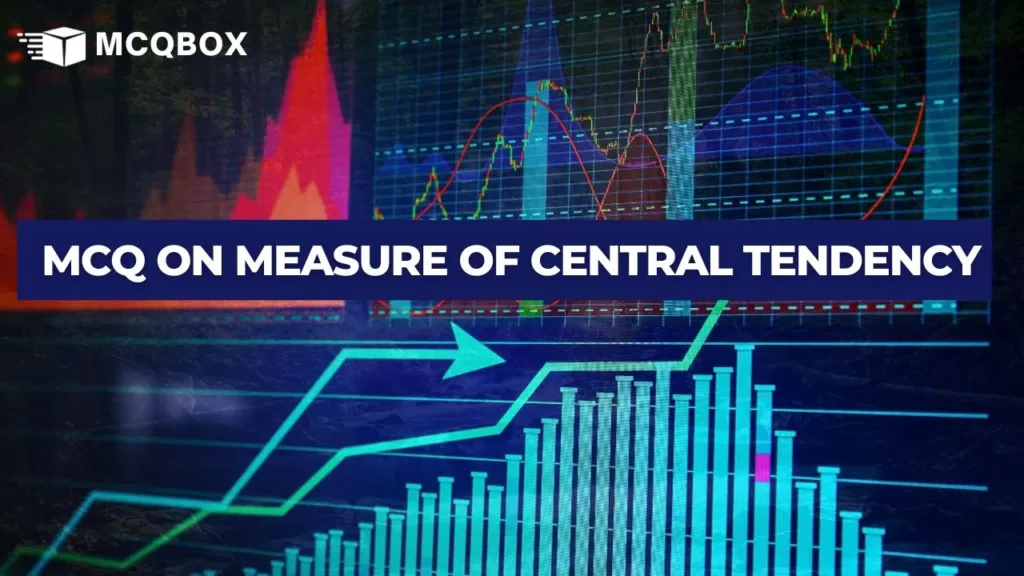MCQ on Measure of Central Tendency
Measures of central tendency are statistical measures that indicate where the center of a distribution or a data set lies. The three main measures of central tendency are:
Mean: The mean is the average of a set of numbers. To find the mean, you add up all the values in the data set and divide by the total number of values.
Median: The median is the middle value in a data set when it’s arranged in ascending or descending order. If there’s an even number of values, the median is the average of the two middle values.
Mode: The mode is the value that appears most frequently in a data set. A data set may have one mode, more than one mode (multimodal), or no mode if no value is repeated.

